
Discover Leipzig after your German Course
Discover Leipzig in all its splendour after your German course! After all, interesting contrasts meet in the Saxon metropolis. Here you can discover the typical cosiness of Saxony, while the high-tech business buzzes next door.
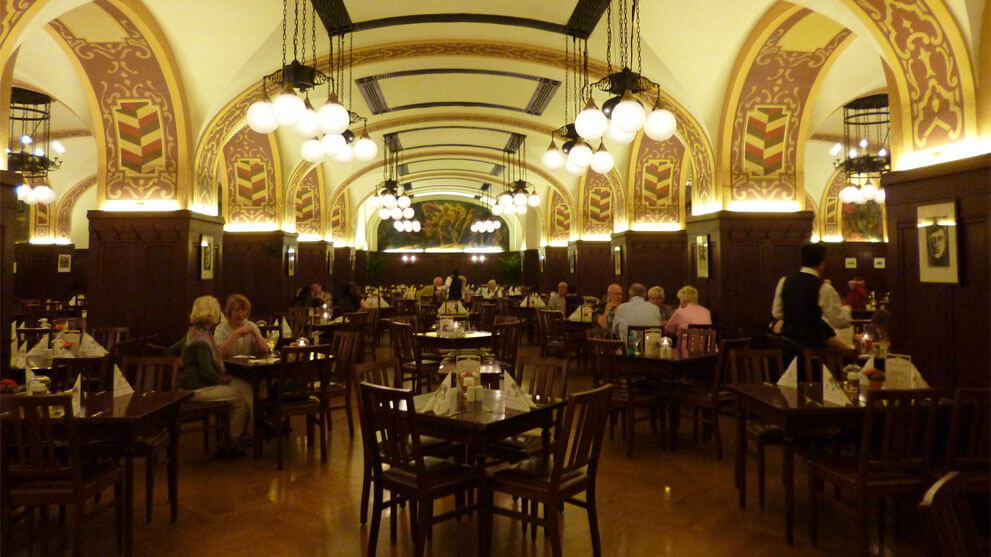
Auerbach's Cellar
"Mein Leipzig lob ich mir!“ ("I praise my Leipzig!") This phrase was coined by the famous poet Johann Wolfgang von Goethe. He began his studies in Leipzig in 1765 and his stay was also a key experience for what is probably his most important work, Faust. One chapter of Faust I is set in Auerbach's Cellar - a Leipzig student pub at the time. Auerbachs Keller still exists today as a historic restaurant. The entrance is easily recognizable by the two statues depicting Dr. Faust and the devil Mephisto.
PS: Don't forget to touch Dr. Faust's shoe with your left hand, as this brings good luck. 😊
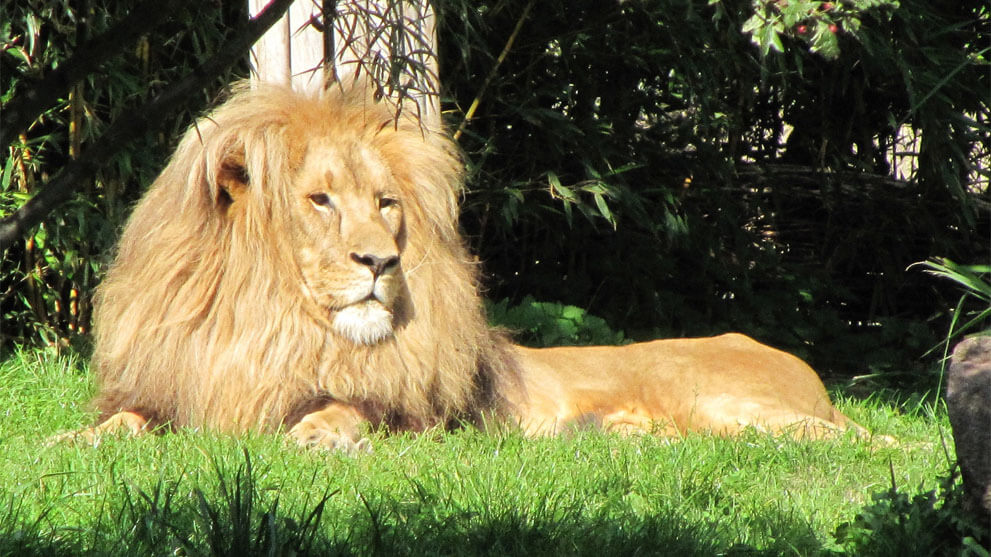
Leipzig Zoo
The zoo is the perfect place to practice some German vocabulary. Luckily, Leipzig Zoo is one of the most species-rich zoos in Europe. What was the name of the animal with the long legs and long neck again? Or the big feline with a large mane, also known as the "king of the animals"? We can find them all in Leipzig!
Leipzig Zoo is one of the oldest zoos in the world, but today has one of the most modern facilities. It places particular emphasis on the conservation of species, educational work and the natural and species-appropriate keeping of animals.
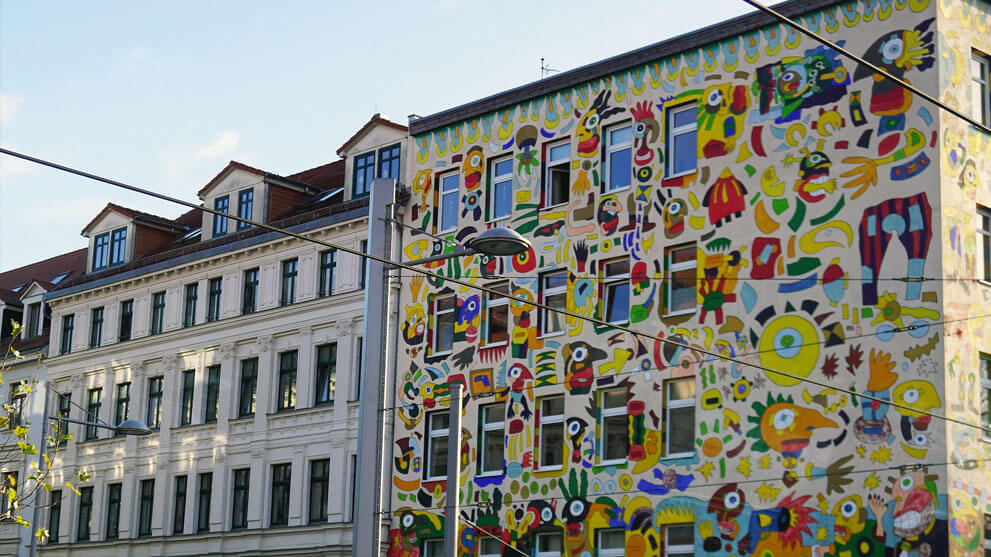
Karl-Liebknecht-Straße
The German course is over for today? We can drink to that! And there's no better place to do that in Leipzig than on KarLi. Karl-Liebknecht-Straße, affectionately called "KarLi" by locals, has become the place to be.
Culture and gastronomy, cafés, bars, small pubs and boutiques merge here over 2.5 km. Whether for a coffee break, a flea market, an after-work beer or a hangover breakfast - the KarLi is full of life around the clock!
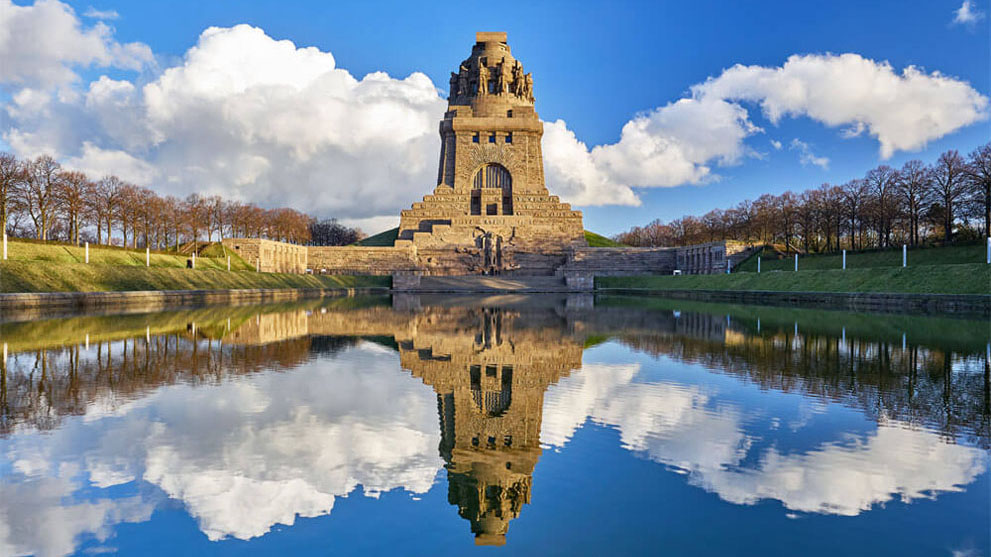
Monument to the Battle of the Nations
Locals in Leipzig have also invented a nickname for this monument: the "Völki" (Völkerschlachtdenkmal) is probably Leipzig's best-known landmark. It commemorates the historic Battle of the Nations against Napoleon in 1813, which took place in Leipzig. In front of the monument is the "Lake of Tears", a large pool of water in which the Völki is reflected.
At 91 meters, it is also the highest monument in Europe. We can climb about half of it ourselves via stairs and enjoy a great view over the city from here. Tip: Especially recommended at sunset! You can visit the viewing platform at the very top with a ticket.
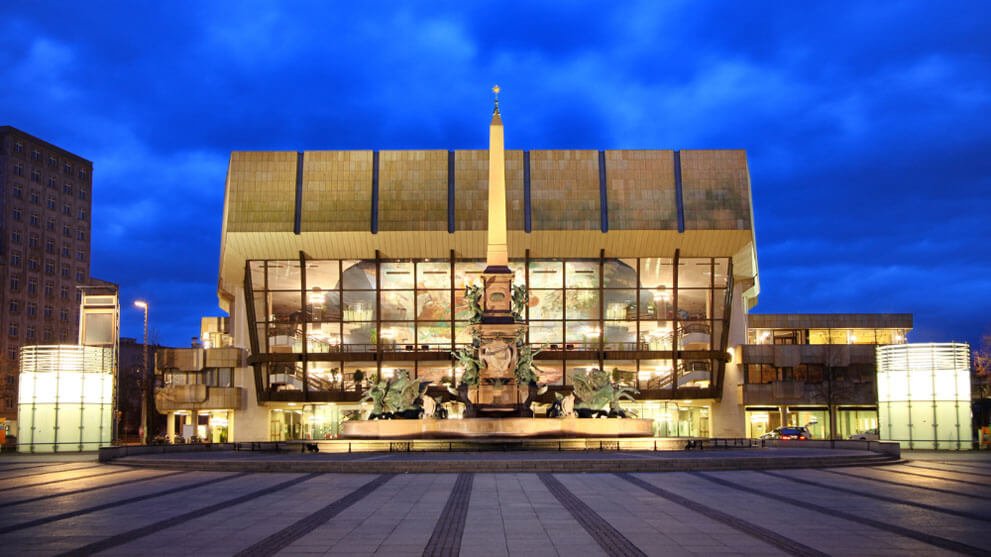
Gewandhaus & Opera
A "Gewand" (robe) is another word for garment. Back then, the Leipzig Gewandhaus was a hall for cloth merchants. Today we know it as a large concert hall in the middle of the city center on Augustusplatz. But conferences, congresses, events and receptions also take place here. The Gewandhaus hosts around 700 events a year with half a million visitors.
However, it is best known internationally for its orchestra, the Gewandhaus Orchestra. You can also hear it across the street at the Leipzig Opera - for those who prefer opera and ballet.
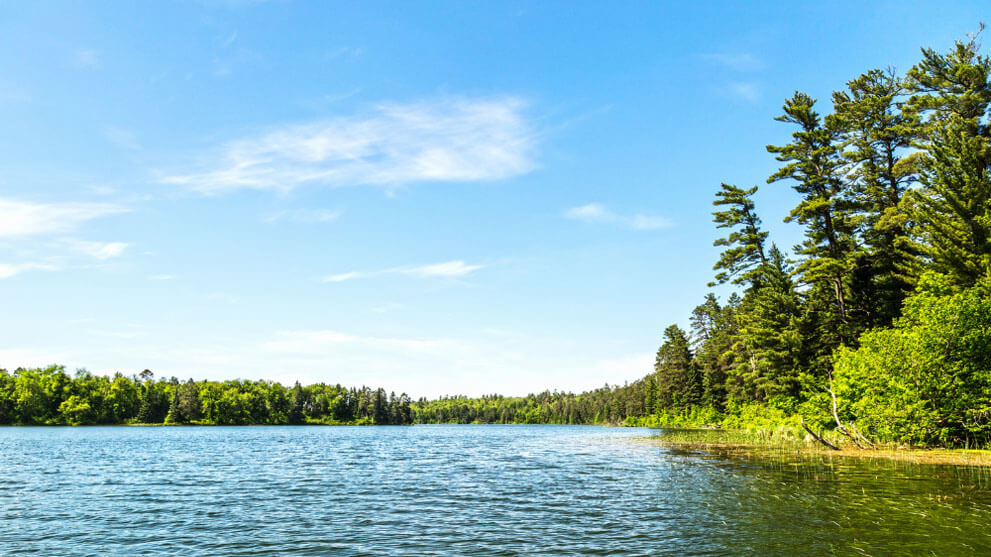
Leipzig Canals & Lakes
A long network of rivers runs through Leipzig, which is ideal for exploring the city by water. If you don't want to exert yourself, you can take a motorboat along the canal. By the way: Leipzig city harbor also offers city tours in winter - as mulled wine tours. Good that you don't have to drive yourself. 😊
Need to cool off after all that German learning? With over 20 lakes in Leipzig's Neuseenland region, we're sure to find our favorite. Cossi & Kulki (= Lake Cospuden and Lake Kulkwitz) are particularly popular with the locals, as they are also very close to the outskirts of the city.